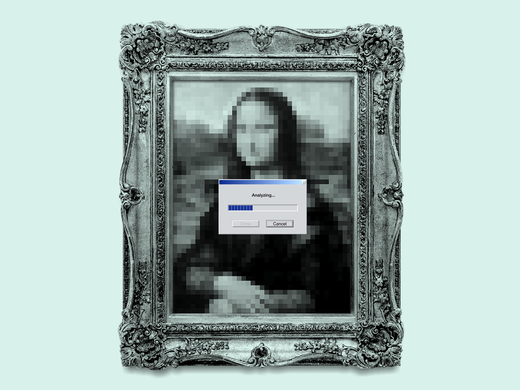The fashion industry has faced several accusations of cultural appropriation over the past decade. For example, American clothing retailer Urban Outfitters made headlines in 2011 when it issued Navajo-themed items, including underwear with traditional patterns, much to the discontent of the Navajo Nation. Likewise, French designer Isabel Marant was criticized in 2015 for designing a dress similar to a traditional blouse that has been made for centuries by the Mixe people, an Indigenous community in Mexico. Cultural appropriation may be summarily described as the taking, by a member of a dominant culture, of a cultural element from a minority culture, without consent, attribution or compensation.
Cultural appropriation cases spark passionate debate because while fashion’s borrowing of stylistic elements from other cultures is common practice, it can, in reality, be offensive to the holders of traditional cultures. Misinterpretation or disregard for the cultural significance of a traditional cultural expression (TCE), even if unintentional, can have drastic consequences, both culturally and economically. Calls for action to curb appropriation emphasize a need for Indigenous peoples to have better control over their TCEs, including through the intellectual property system and in line with the United Nations Declaration on the Rights of Indigenous Peoples.


